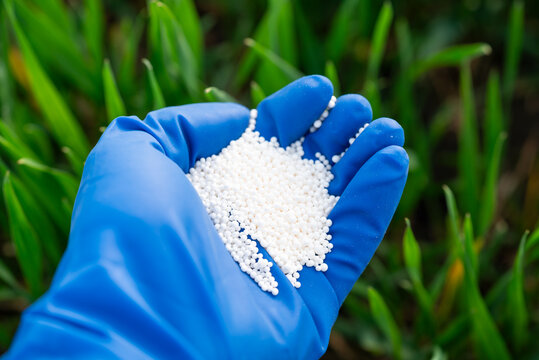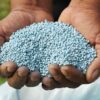The Future of Fertilizers: Smarter, Greener, and More Efficient
As global agriculture faces increasing pressure to feed a growing population while protecting the environment, the fertilizer industry is undergoing a major transformation. Here’s what the future of fertilizers looks like:
1. Smart Fertilizers (Controlled-Release & Precision Farming)
Future fertilizers will be more targeted and efficient, thanks to technologies like:
- Controlled-release fertilizers that deliver nutrients slowly over time, reducing waste and leaching.
- Precision agriculture tools (like drones, sensors, and GPS) that apply fertilizer exactly where and when it’s needed.
- Nano-fertilizers that release nutrients at the molecular level for better absorption by plants.
Impact: Higher crop yields, less environmental harm, and cost savings for farmers.
2. Eco-Friendly & Organic Alternatives
To address sustainability concerns, more fertilizers will be:
- Bio-based or organic, made from compost, algae, or microorganisms.
- Low-emission, reducing greenhouse gases like nitrous oxide.
- Designed to enhance soil health, not just feed the plant.
Impact: Healthier soils, reduced pollution, and growing acceptance in organic farming markets.
3. Custom Blends for Specific Crops & Soils
Advanced soil testing and AI tools will allow manufacturers to create crop- and region-specific fertilizer blends, improving effectiveness and reducing overuse.
Impact: Better results with less input.
4. Circular Economy & Waste Recycling
Future fertilizers may come from recycled materials like:
- Food waste
- Animal manure
- Sewage sludge (processed safely)
Impact: Reducing waste while creating valuable nutrients for farming.
5. Digital Integration with Farm Management Systems
Farmers will use apps and platforms that monitor soil and plant health, integrating real-time data with fertilizer recommendations.
📲 Impact: Data-driven decisions and smarter farming practices.



